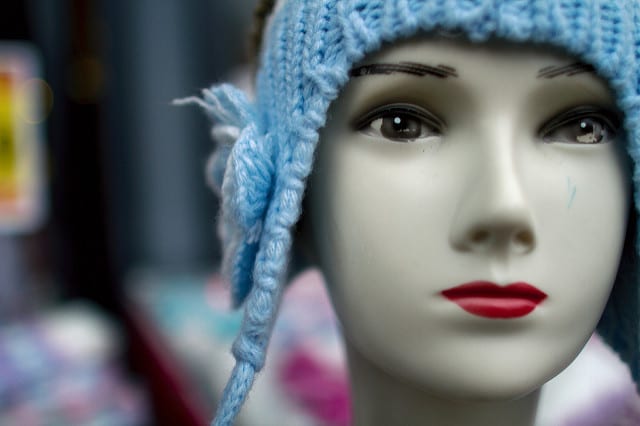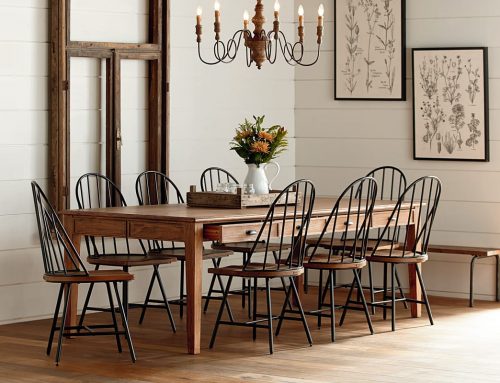“What are you doing this weekend?” It’s a question asked across the globe just about every lunch hour on Friday. The answer, of course, will fall into one of two categories: work or leisure. Perhaps you have a weekend of labors ahead, like cleaning your house and doing laundry (though for many we know that those are labors of love). Or perhaps you have a weekend of leisure ahead, including reading, napping and perhaps even a movie. So, which activity is it when you go shopping? The answer has changed slightly over time and not in the direction we’d like to see!
There was a time when the majority of shopping (though not all of it) was a chore, so chalk it up in the “labor” department for all those years. If you were shopping on the weekend, chances were far greater that you were buying food for your family or practical things that your family needed than they were that you were treating yourself to a new hat. But over time, that definition changed. Shopping became a social leisure activity. And once something becomes a leisure pursuit, it becomes something that people covet doing all of the time.
From the Downtown Market and Lunch Out to the Mall Culture: An Evolution
Let’s be clear, shopping has always been a leisure activity for the highest set of income earners. It started as less of a practical shopping experience and more of an excuse for (typically) ladies who did not get out of the house much to have an outing. As cities sprouted up and downtown areas, no matter how historic, had a cluster of dry goods shops and a place to get tea, women considered an outing of shopping and lunch to be a leisure activity, and that made it a leisure experience that others would covet. After all, if you were a woman who truly had to spend her entire day child rearing, cooking, cleaning and even potentially working in the fields, the idea of an afternoon buying things for yourself and having somebody cook for you was quite desirous.
This habit grew and as people had more disposable income it extended to middle class men, women and youngsters over time. The largest blip on the radar for shopping changing to a social leisure activity, however, was the growth of mall-culture in the last century. As malls developed, they became a place not only where people shopped and ate but also where they socialized and even participated in recreation. Of course, the common thread that drove all of these activities was shopping. You generally did not go to a mall for any reason without buying something while you’re there. And in most cases, the original reason for the mall involved purchasing something. In some ways, the growth of online commerce and the subsequent death of many malls hasn’t been a bad thing in that it removed the leisure connotation from shopping and made it more transactional. However, in other ways, obviously, it’s been a bad thing. That’s a discussion for another day, though!
By Now, Shopping Is What You Answer When You’re Answering “Leisure Weekend”
By now, the number of times that you hear somebody refer to shopping as a chore or labor is likely less than 10% of the total. So when somebody tells you that they’re going to do a little bit of shopping over the weekend, you figure that they consider it leisure. It might be one thing if the leisure element that they were referring to involved social time with other shoppers or seeing a film after picking a few things up, but the reality is that the leisure element has to do primarily with the actual act of purchasing … things.
It Comes Down to an Emotional Response and Consumer Programming
It’s taken decades, but the consumer media machine has finally successfully neuro-programmed and brainwashed society as a whole that you can fill emotional holes and needs with “stuff.” They successfully have people believing that retail therapy is a real thing and that you can reduce stress by buying “stuff.” What is the definition of leisure if not to feel euphoric and reduce stress? So if you believe that an activity, in this case the spending of money on “stuff,” will make you feel happy and reduce your stress level, then of course it becomes a leisure activity to you. And of course people want to do it all of the time.
However, The Glitch in the Matrix Is …
The problem is that retail therapy isn’t real and that “stuff” doesn’t make you feel better at all in the long term. So while you may enjoy the sun shining down on you as you browse shop windows, chances are that you’re actually accomplishing the opposite of leisure. Do you truly have the budget to buy the things that you’re buying? How much stress will be involved in looking at your bank account afterwards? Are there other activities that you could do that would be healthier and actually better for creating the desired impact of leisure time? We’ll go ahead and answer that one for you! The answer is yes! But because over decades, and in some cases centuries, we’ve been taught that “stuff” soothes and calms us, shopping has become a leisure fallback. And that’s a problem because …
We Can’t Sustain as a Consumer Society
It’s just that simple. It’s not limited to environmental concerns, though the churn of the consumer machine is destroying our planet without question. It’s also about emotional and mental health. We need to return to an evolution where leisure destressed us and reset us for the world. We won’t be able to do that by shopping for relaxation!
Did we miss a thought on shopping and leisure that you want to share? Tell us about it on the social media outlets below.
Facebook | Twitter | Instagram | Tumblr | Pinterest | Google+ | Medium





